Uncategorized
May 3, 2010 •
Putting the Cards Back in Christmas
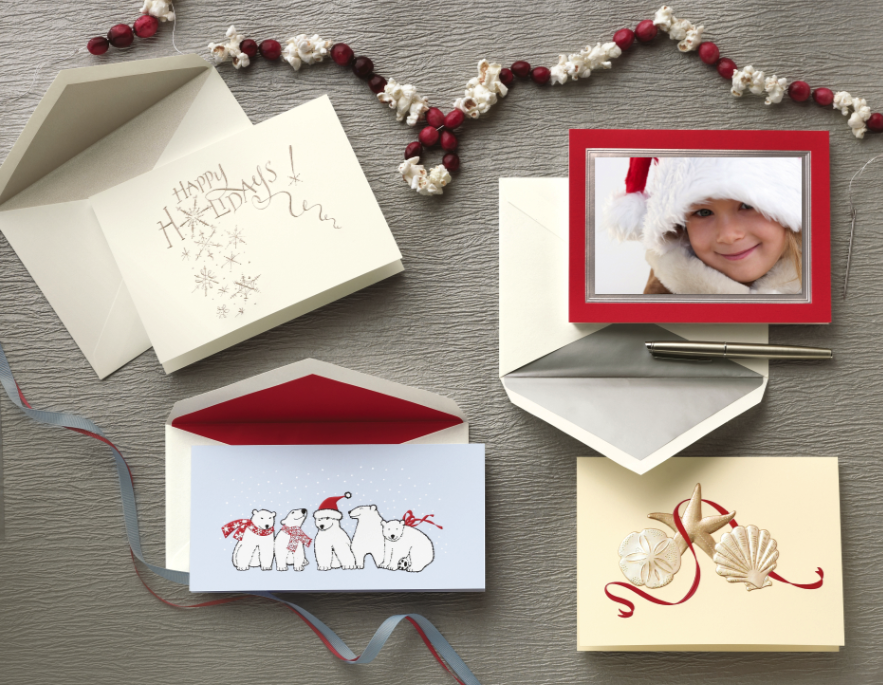
Photo: The best Christmas card selections should have something that speaks to every taste, as this grouping by Crane & Co. demonstrates.
Boost this all-important segment with a fresh approach and attitude
The news for Christmas cards was not so good as 2009 came to a close. The U.S. Postal Service reported an 11 percent decline in cancellations of first-class cards and letters from Dec. 1-13 — when most Americans mail holiday cards — compared to 2008.
It’s not hard to understand why. “This is primarily the effect of the poor economy, reflecting the overall decline in sales and other activity that most businesses experienced in 2009,” explained Sean Tabb, vice president of marketing and new product development, William Arthur.
Those consumers who did send cards often ordered them through online sites, while others used e-cards — which, according to one Canadian estimate, took away 5 to 7 percent of the paper-and-ink segment of the market. This isn’t too surprising to Elizabeth McEntee, owner and designer of Memories by Design by Emily.
“E-cards are a lot less expensive and time-consuming to send,” she described. “Most importantly, they are technology. Right now they are ‘in.’”
Social networking also did some damage, according to Pam Danziger of Unity Marketing. While more than 80 percent of the prime greeting card buying market, aged 25 to 34, spent on average $85 on card purchases in the last year, they’re far less likely than older consumers to send Christmas cards; instead, this “Facebook generation” utilized social media options.
“While young adults show active participation in the greeting card market, they leave sending Christmas cards to their parents and grandparents,” Danziger noted. “Young people can use social media platforms to send out Christmas greetings to all their friends and family with the mere push of a button and at virtually no cost.”
However, this doesn’t mean the pendulum can’t swing back in the traditional direction, emphasized Peter Hopkins, historian of Crane & Co. “It wasn’t that long ago when the use of ‘high-tech’ devices served as a point of personal differentiation — you stood out from the crowd. Paper is re-emerging as the most effective means of personal differentiation, as a major component in the personal brand. Those who continue to create a personal brand with ones and zeros are being relegated to the faceless pack. You’re no longer cool sending an e-card. You’re lazy.”
Reinvigorating the product category requires a fresh approach, underlined Jennifer Morgan, president and founder of hen and barley press. “A holiday card should be someone’s yearly commitment to connecting with the people they care about, and giving them something lasting to look at, cherish and be inspired by.”
Here then, are some ways to tackle this problematic situation — and hopefully help present a new definition of traditional correspondence as a whole.
Online Venues and In-Store Service
The key here is making it easy for consumers, Morgan remarked. With that approach, brick-and-mortars can beat online-only venues at their own game.
“Many online vendors have the benefit of being photo storage/sharing venues, so it is practically painless to choose a card, drop (in) a photo and order. Brick and mortar retailers can respond by having in-store digital photo shoots with a local photographer. Have a wide range of photo card options to choose from. A customer can get the photo taken, see the shot and order cards and maybe prints, frames or other photo gifts. Some vendors, including hen and barley press, are working on offering a print in-store option that doesn’t require tons of software or imprintables. If a store could offer quick turnaround on cards with no shipping costs, customers would love that.”
Brick and mortars can unite with established online vendors, pointed out Whitney English Kolb of Whitney English. In fact, that line just announced a collaboration with PaperConcierge.com. “This allows retailers a flexible, scalable online option to direct customers to — with all the perks of owning a brick and mortar store. (We) can provide pricing, turnaround time and ordering tools to allow main street retailers to compete in the digital marketplace. Couple the ability to compete online with the edge of in-store customer service, and this is a huge win for retailers.”
Traditional stationers forget they have three dimensions on their side, offered Hopkins. “With online photocards, consumers take a big leap of faith that the card will look like the photo sent. Brick and mortars have the advantage of showing a number of examples so the consumer has a better idea of what to expect.”
These venues should emphasize their existing competitive edges, Tabb said. “If I operated a stationery store, I would promote the hands-on service, my expertise in design and etiquette and the importance of seeing and feeling the paper and the design before making a decision to purchase.”
Then, too, there are ways to simplify life for the consumer, McEntee stated. “They could carry pre-postage paid envelopes. They could take peoples’ Christmas address lists, and hire teenagers to address cards.”
Perhaps the greatest edge traditional stationers have over online retailers is that Christmas cards can be sold year-round. Hopkins pointed out that every stationery customer is already predisposed towards paper communications. “Every time a customer comes in, it’s an opportunity to sell holiday cards. Even if it’s Memorial Day, it’s a day to sell holiday.”
E-cards and Social Networking
Morgan acknowledges that e-cards aren’t something that can really be combated, since they are the next logical step in holiday cards, and “you can’t fight that momentum, just try to be part of it. I would educate an employee on designing online scrapbooks/e-cards. Some customers aren’t yet savvy enough to do these on their own. Why shouldn’t stores charge to do the work for customers?”
Looking ahead, she added, “E-cards will become more popular, especially when offered in conjunction with photo storing/sharing sites people already use. What would be great is if stores’ favorite vendors offered e-cards designs that retailers could offer. This is something we are working on.”
McEntee senses the younger generation will come to grasp the distinction between a free e-card and a more distinctive, attention-grabbing actual card. “They learn the names of top designers as they learn how to speak, and they do not want the cheap way out. They need to be educated as to just how cool well-designed Christmas cards can be!”
Regardless, there’s hope for an eventual rebound. “I do think consumers will naturally re-embrace the practice of sending holiday cards as the economy recovers,” Tabb noted. “Retailers can also focus their marketing in local and regional PR efforts promoting the high personal and emotional value of stationery correspondence versus the emptiness of digital communication.”
Perhaps the most meaningful argument for actual over virtual correspondence is its very permanence, finished Hopkins. “As I write from my home office, it’s mid-January and my holiday cards are still up on the mantle. Every time I glance over, I reflect fondly upon those who sent them. The e-cards are long gone.”
Holiday Trends for 2010 and Beyond
“Designs that emphasize the go-green movement are dedicated to not leaving a carbon print on the environment. This includes aspects of nature or earth on recycled paper. The colors will be earth tones, and the shades of nature.” — Elizabeth McEntee, Memories by Design by Emily
“We’re envisioning bright, happy colors and motifs to reflect a slowly, but surely emerging positive outlook on the economy.” — Jennifer Morgan, hen and barley press
“We understand that turquoise will be the big color for 2010. Colors in general will be brighter. Motifs trends continue to show birds, strong geometrics and lots of black and white. Netting, criss-crossed lines and big beads in jewelry have been translating onto stationery, at least in holiday cards.” — Melissa Pritchard, William Arthur
“Designs and motifs are slow to change in the world of holiday cards. I think we will see more designs that capture the joy of the season and the optimism for the coming year. We are seeing more whimsical animals, and there will always be room for surprising and colorful interpretations of traditional iconic holiday images.” — Peter Hopkins, Crane & Co.
“We are seeing a lot of lavender and lilac, as well as a return to a brightly colored palette, instead of muted tones.” — Whitney English Kolb, Whitney English
“The photocard business will continue to grow. The future? There’s the potential for innovation in video-based products as well.” — Sean Tabb, William Arthur



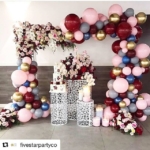
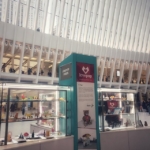
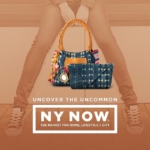
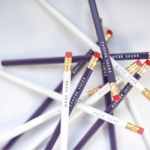
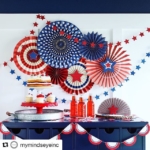

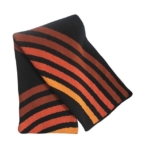
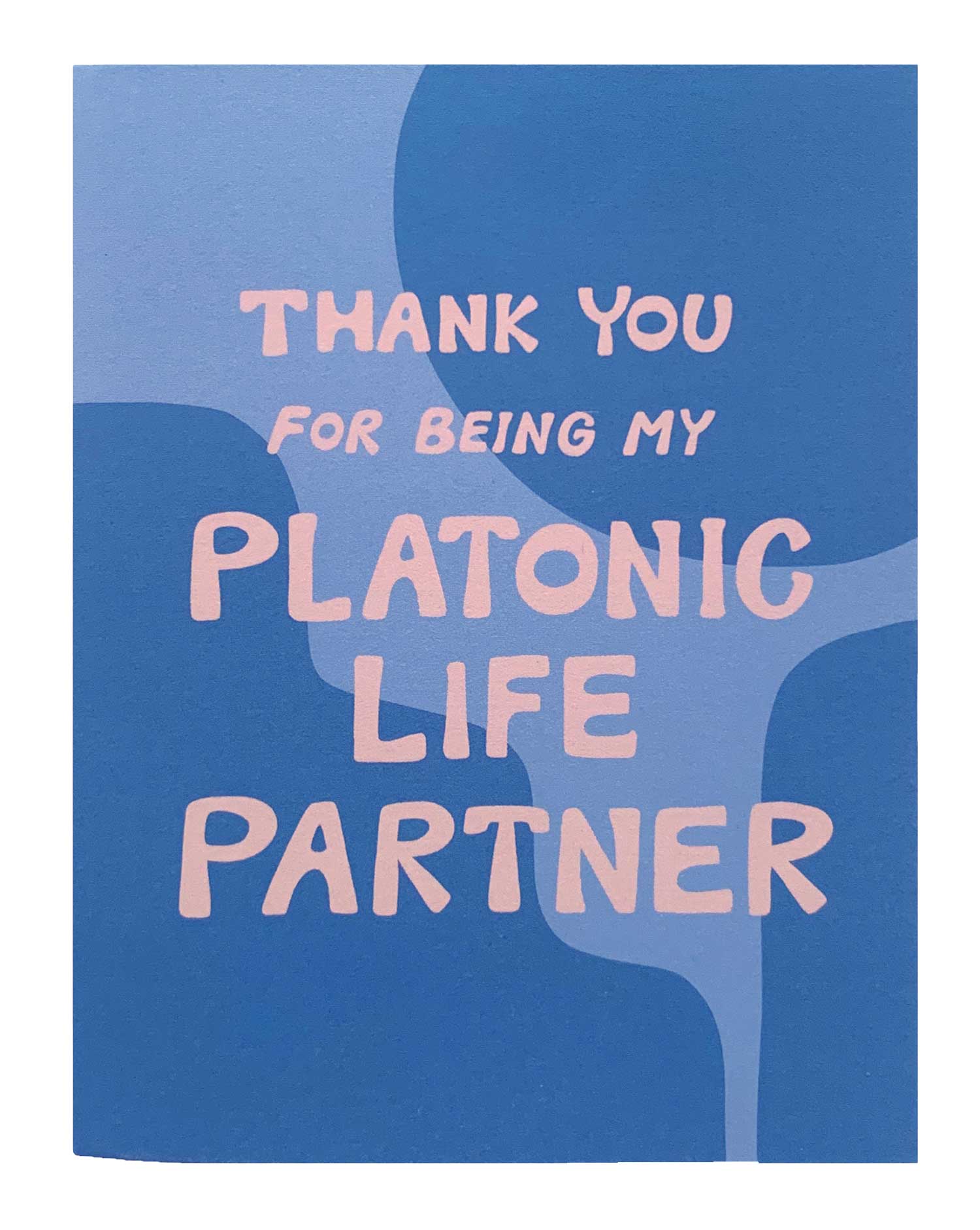
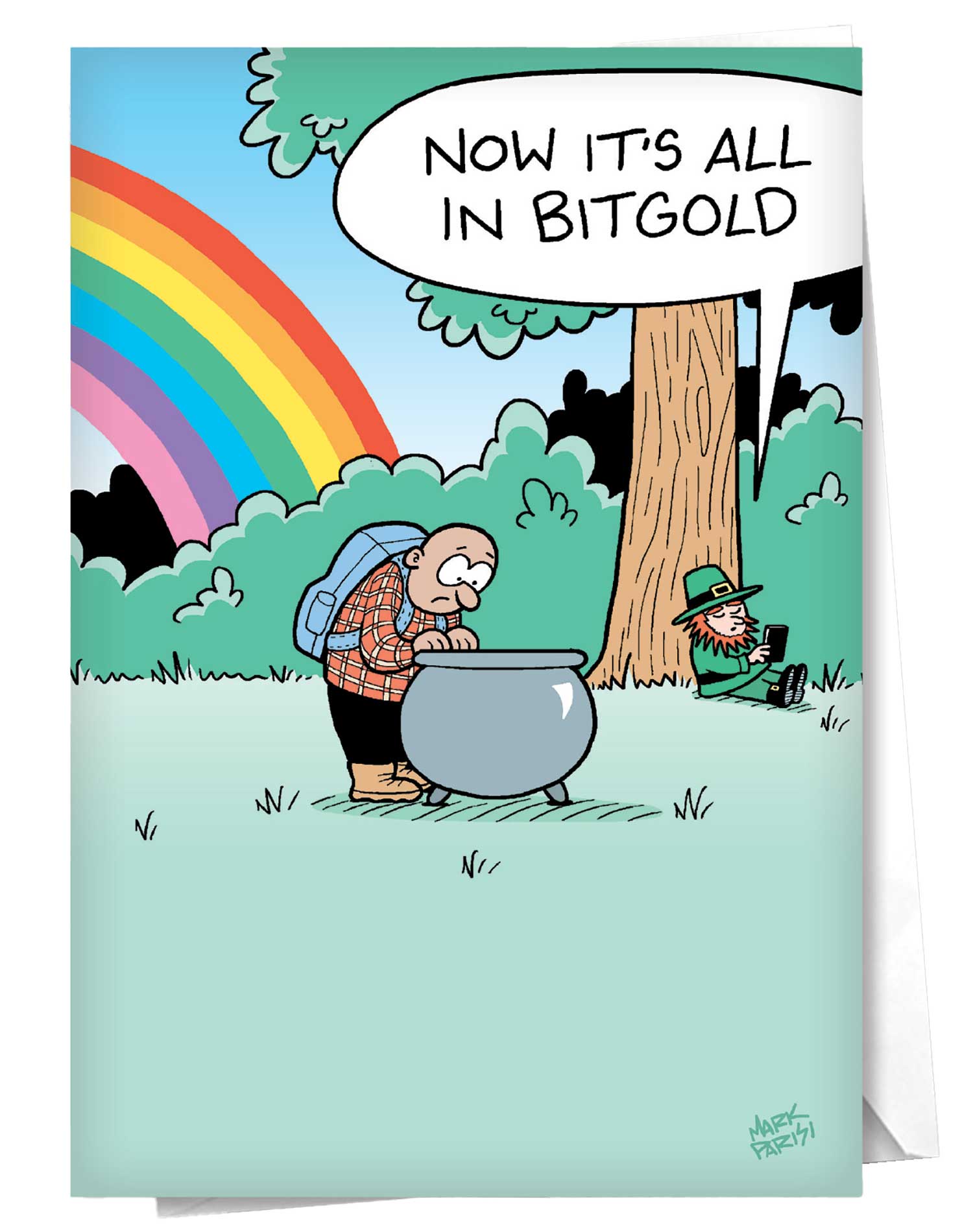
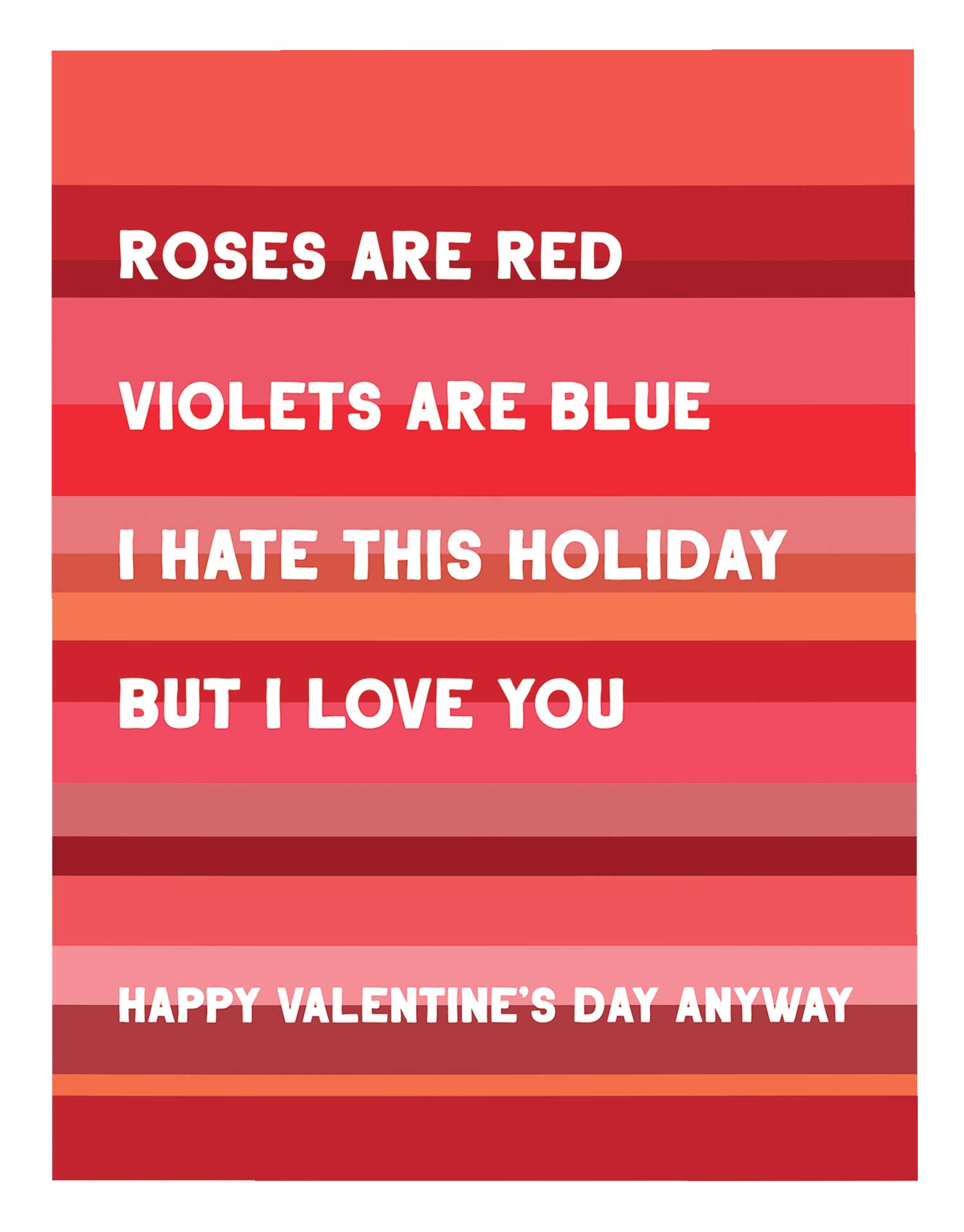
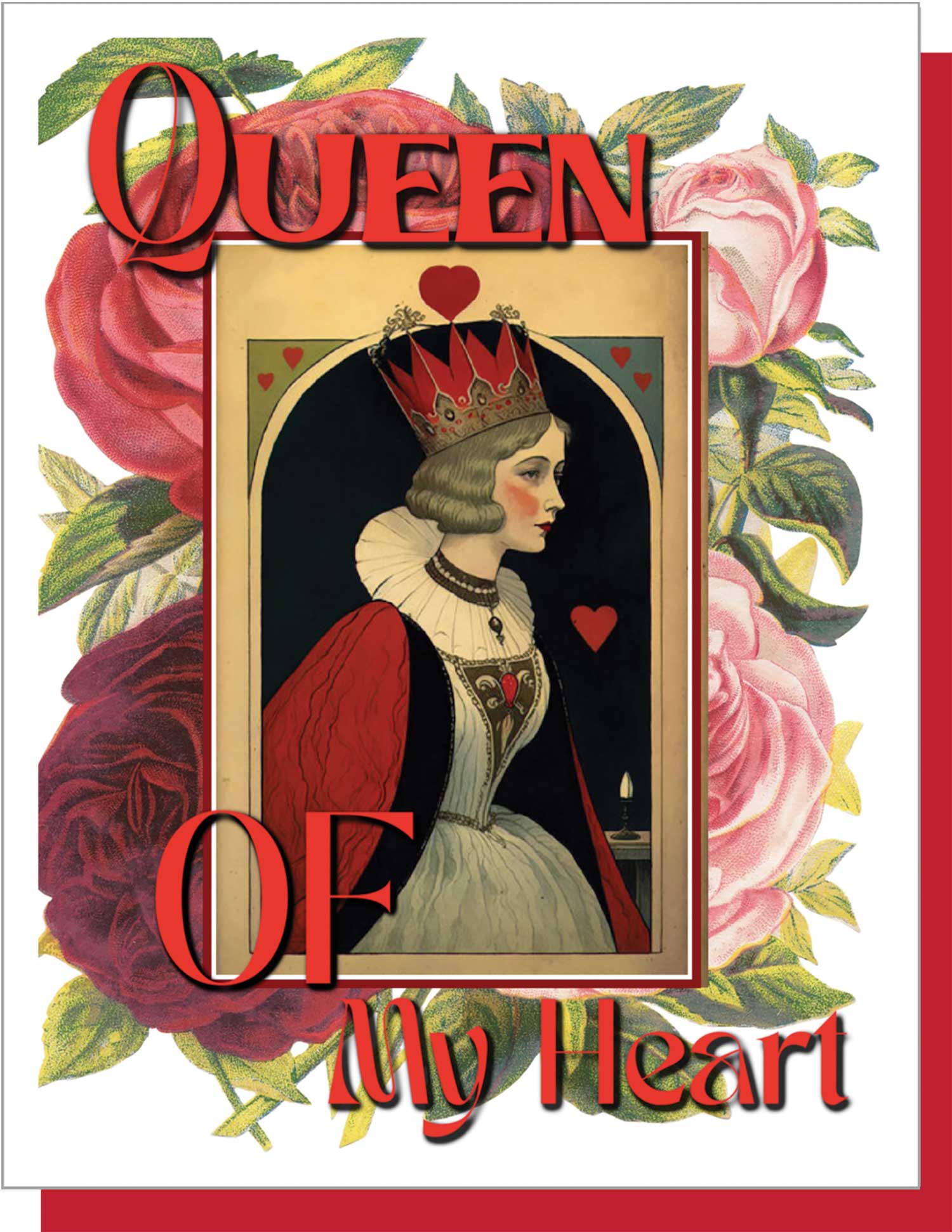

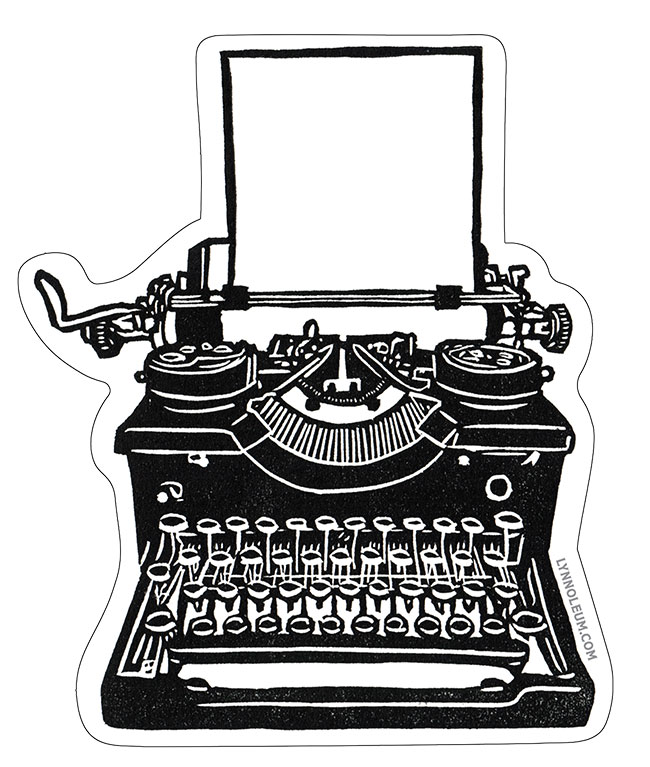
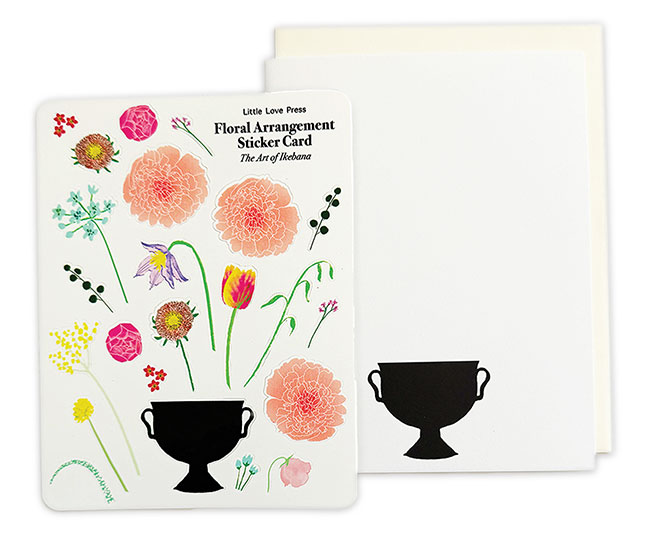
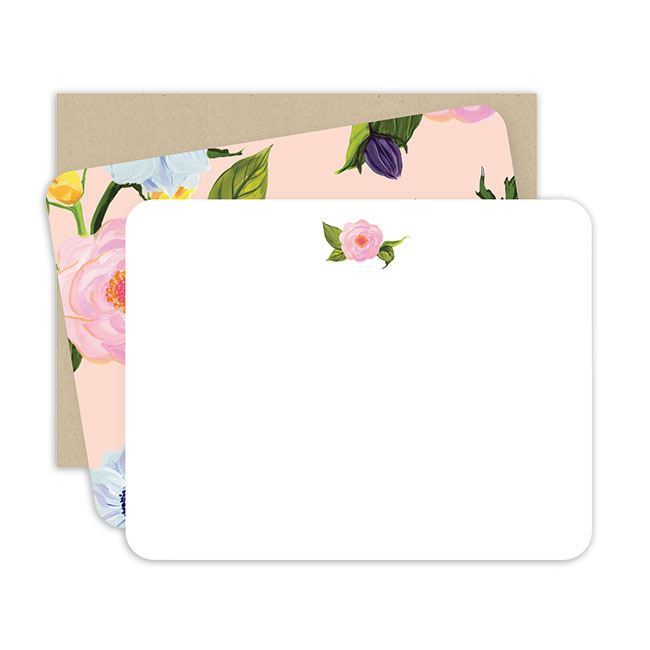

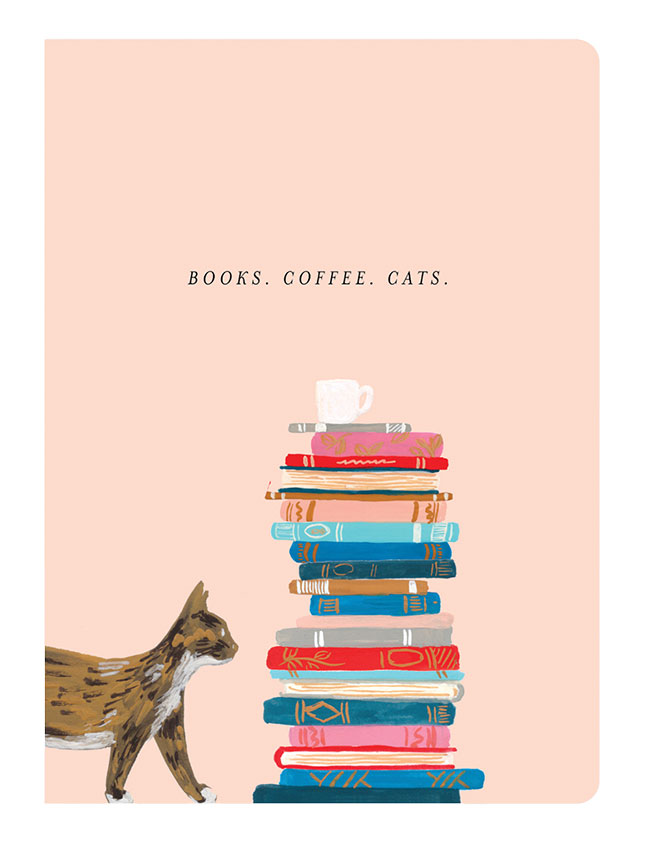
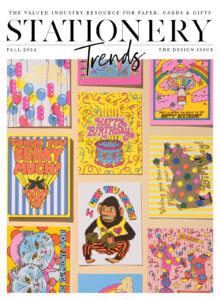
0 CommentsComment on Facebook